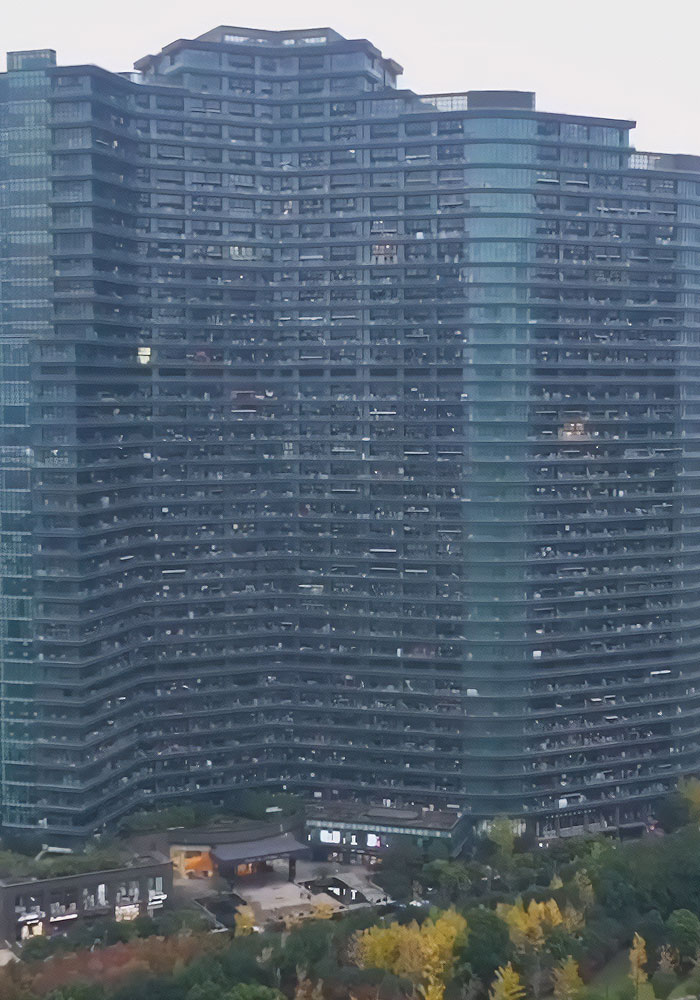In the heart of Qianjiang Century City, Hangzhou, China, stands a marvel of modern urban living: the Regent International apartment building.
Initially designed as a luxury hotel, this colossal structure has been transformed into a residential behemoth, housing approximately 20,000 residents. The building is a self-contained community, offering a variety of amenities that cater to almost every need.
Imagine living in a place where you never have to step outside for your daily necessities. The Regent International provides its residents with supermarkets, hair salons, fitness centers, and even a food court, all under one roof. This setup is reminiscent of a self-sustaining city, where everything you need is just an elevator ride away.

The design of the Regent International is both awe-inspiring and somewhat dystopian. From the outside, it appears as a monolithic structure, a testament to modern architectural prowess. Inside, it’s a bustling microcosm of urban life, where the sheer number of residents creates a vibrant, albeit crowded, community.
The building's history is as fascinating as its design. Originally envisioned as a luxurious hotel, the shift to residential apartments was a response to the changing demands of the city's population. This transformation is a reflection of the dynamic nature of urban development in China, where rapid growth and modernization often lead to innovative solutions.
Living in the Regent International offers a unique experience. It’s a place where convenience meets community, and where the boundaries between public and private spaces blur. For some, it represents the future of urban living—a vertical city designed to maximize space and resources. For others, it raises questions about the quality of life in such densely populated environments.
In any case, the Regent International stands as a symbol of the possibilities and challenges of modern urban living. It’s a place where thousands of stories unfold every day, within the walls of a single, towering structure.
![[Convo Screenshots] The Break-Up of Jam and Anthony: Did Maris Racal Come Between Them?](https://diversityhuman.com/usa/media/images/articles/convo-screenshots-the-break-up-of-jam-and-anthony-did-maris-racal-come-between-them_thumb.jpg)
